
The deep sea is a largely unknown place, and recently, researchers have found a fascinating truth amid the mysterious depths. Large crustaceans spread out across ocean floors may be much more common and abundant than scientists previously could have ever imagined.
As scientists unravel more about the ocean and its deep-sea ecosystems, we can gain greater insights into the true biodiversity of the black depths that have been previously overlooked. These new discoveries about previously studied creatures showcase just how deep sea ocean areas are teeming with as much life as on terra firma.
The Deep Ocean
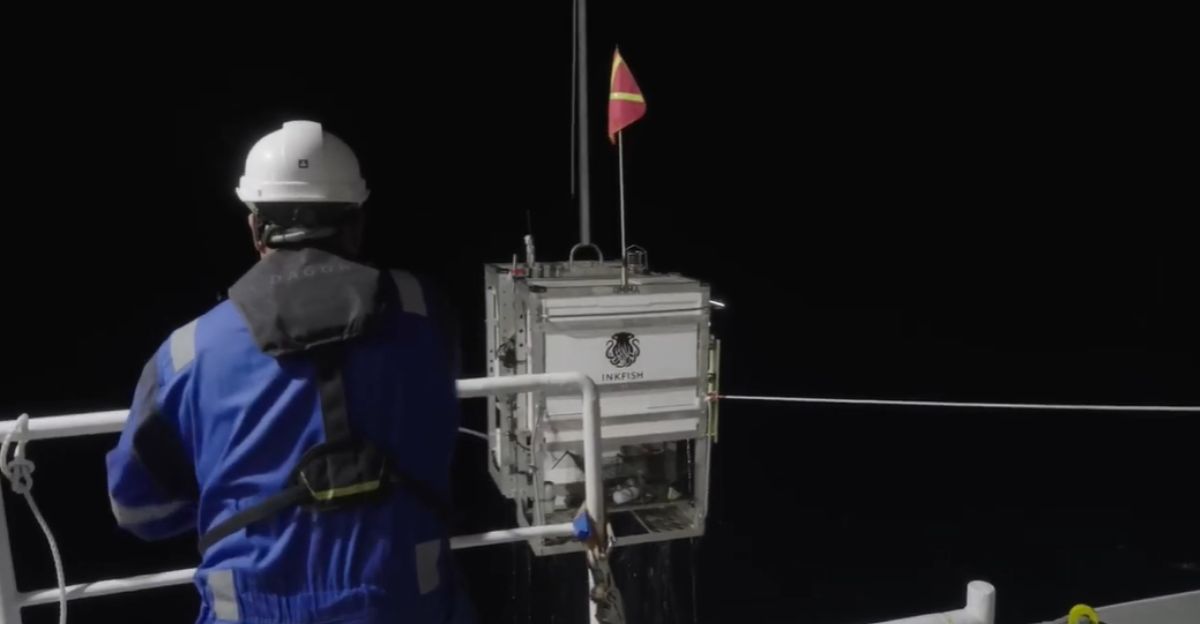
Even in the 21st century, the ocean remains a largely undiscovered frontier for science. Only about 5% of the ocean has been explored by humans, and only about 25% of the ocean floor has been mapped by sonar. The crushing depths, darkness, and low temperatures are what create challenges in exploration.
However, a recent discovery has led scientists to believe that one colossal crustacean may be far more common than they previously believed. These new findings show just how important continued exploration of the ocean is. After all, it covers about 70% of the Earth.
Challenging Previous Assumptions
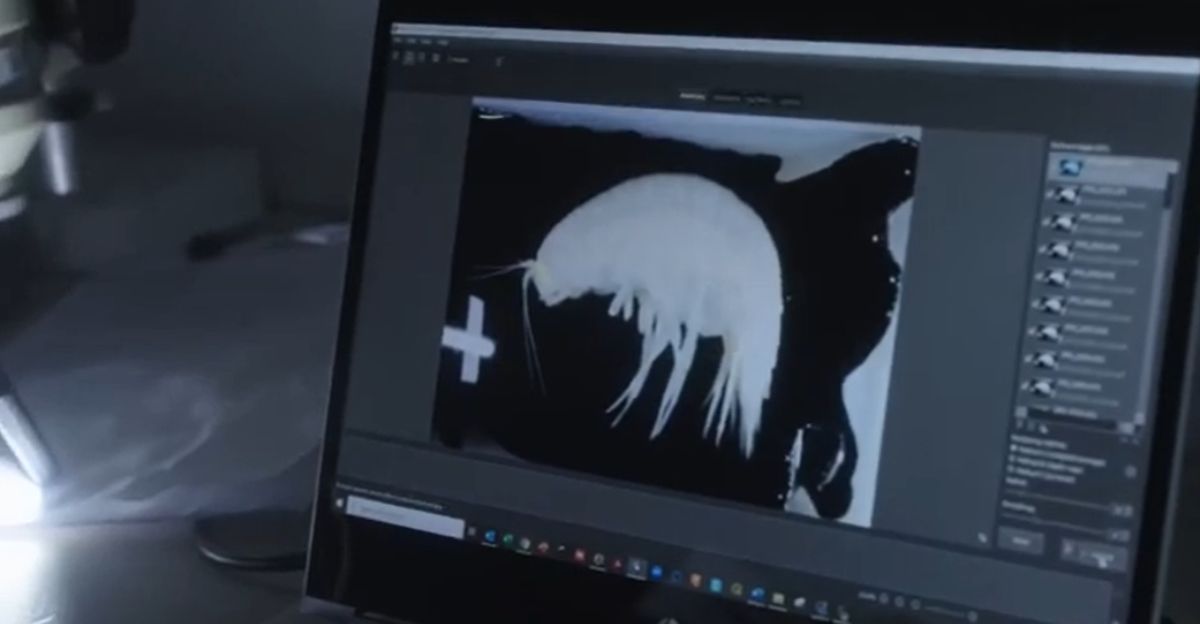
Science once hypothesized that deep-sea crustaceans were a rare sight. However, thanks to new research, we know can assume that these deep sea dwellers may be present in much greater numbers and could be crawling along a lot of the sea floor. The crustaceans were thought to live in isolated and fragmented regions, but new evidence shows that they could live in nearly 60% of the ocean.
This crustacean, known as Alicella gigantea, is known for being the largest of all amphipods, is typically between 10 to 14 inches long, and has been spotted with increasing frequency. The likelihood of a population explosion is not as likely as that of previous explorations overlooking these bottom feeders.
Overcoming Sampling Challenges

With the deep ocean making exploration itself difficult, sampling efforts are also somewhat limited, which could have caused the misjudgment of just how widespread this giant amphipod truly is. The biggest reason why researchers didn’t think that the creature was very widespread was the lack of their species coming up after sampling efforts.
With innovative deep-sea research emerging, sampling efforts have become easier and have revealed more about the presence of Alicella gigantea than researchers knew before.
Important To Marine Ecosystems
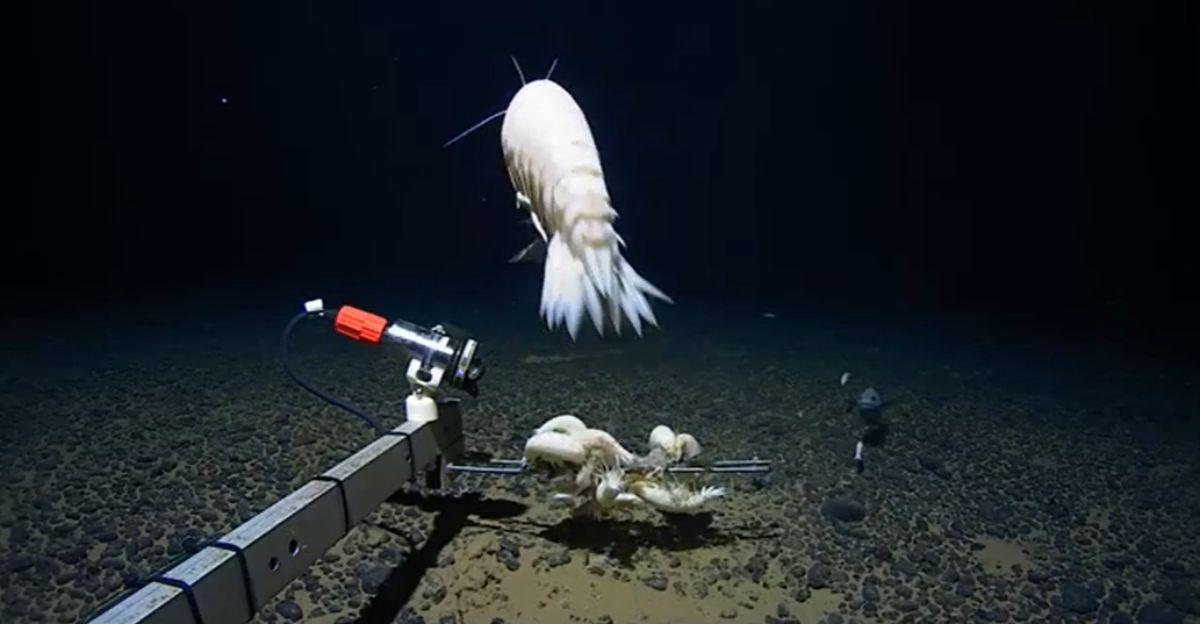
Amphipods are strange, shrimp-like crustaceans that live in many different ecosystems in the ocean. They serve a vital role in their habitats and marine foodchains, cleaning up the seafloor through scavenging and being a good source of prey for oceanic predators.
The Alicella gigantea was once considered an unusual and rare find, but with them being more widespread than previously thought, their contributions can be monitored to be spread to many different functions of deep-sea communities. Through studying these creatures, researchers can better assess the interplay between deep-sea biodiversity and ecosystem health.
One Species
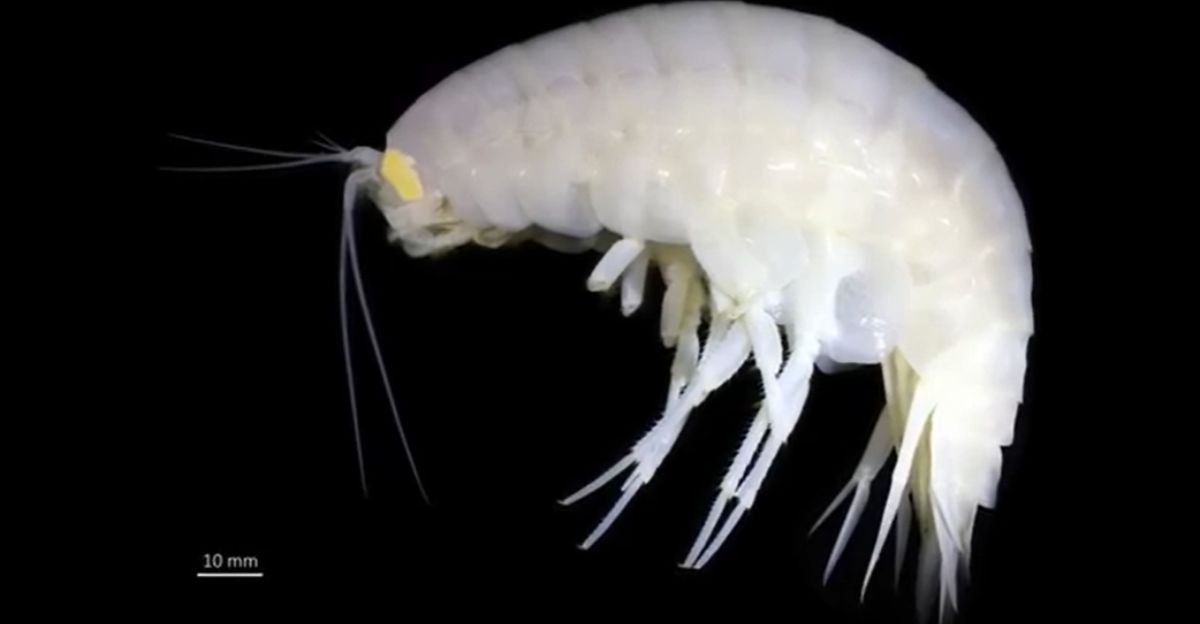
Researchers explored the genetic divergence of the species throughout the ocean floor to see how different populations were from one another. They ended up finding that although widespread, there is very little genetic difference between the amphipods from one part of the ocean and another. This means that Alicella gigantea is one species that has a global habitat on the ocean floor.
The implications are that this species is able to move great distances, distributing its population around the ocean, even amid difficult ocean environments. Hypotheses for how they migrate so far are either being picked up by ocean currents or crawling for long distances. The species is anything but isolated, as sample evidence suggested before.
Changing Previous Notions
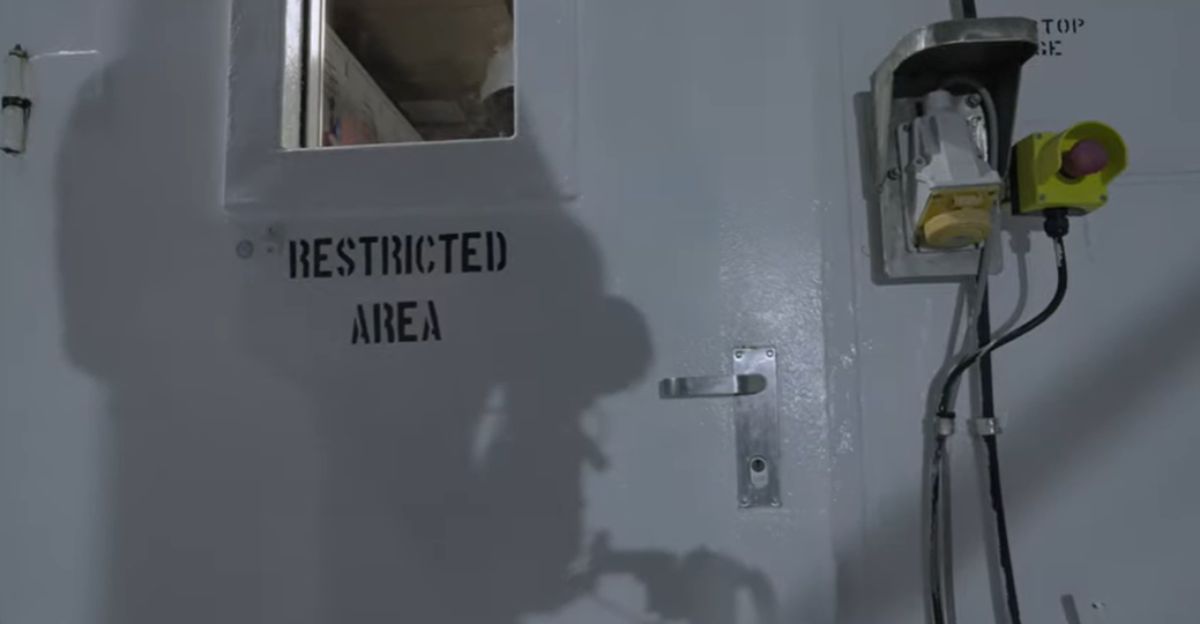
Finding out that Alicella gigantea has a widely dispersed population while being nearly genetically identical changes previous notions about deep-sea life, especially scavengers that were thought to be less mobile compared to free-swimmers.
This amphipod is a great example of how a species can be perfectly suited to many different ocean environments and migrate long distances, something that was previously overlooked. Researchers currently believe that they move vast distances to ensure that they can always find a source of food, as isolated populations could see more competition and fewer scavenging opportunities.
What Made The Research Possible
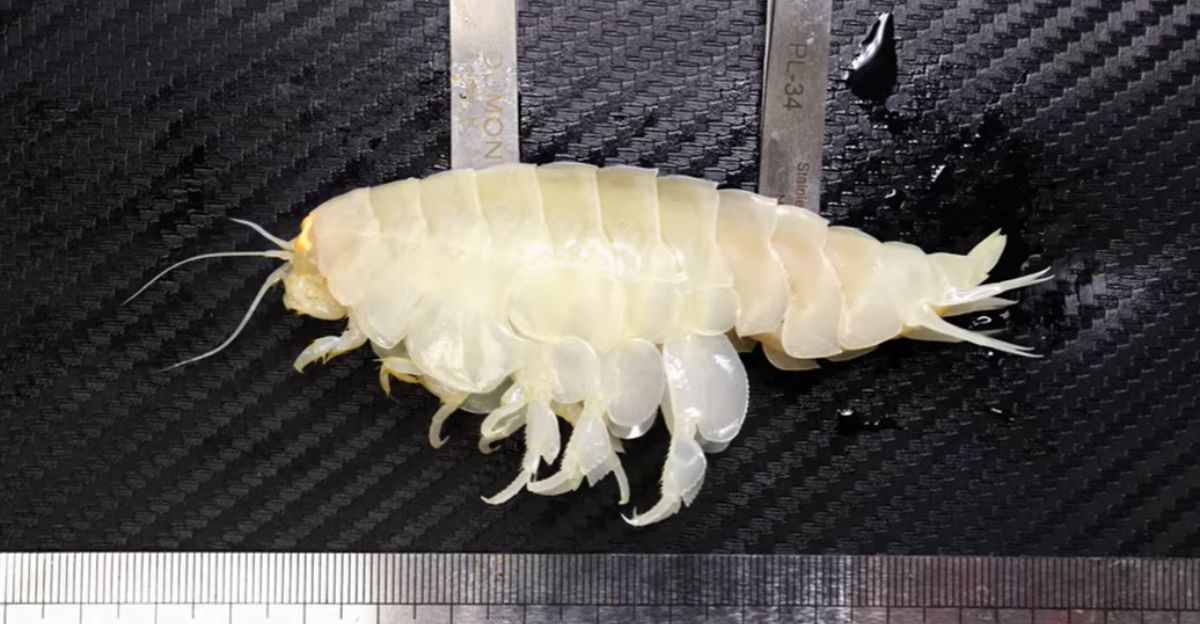
As previous attempts to study these animals presented significant challenges, it was only through remotely operated vehicles and autonomous underwater vehicles that the deep-sea habitats could be monitored in great detail. Innovations in technology have improved the capabilities of both ROVs and AUVs in recent years, allowing them to capture detailed images and collect samples.
Researchers also used genetic sequencing to closely study the DNA of these animals, which would have been impossible just decades ago. As technology keeps innovating, it can be leveraged for deep-sea exploration to pull back the veil of mystery that hinders oceanic research.
The Future Of Ocean Research

Although these advances are coming quickly, the ocean is an enormous place, and it may take several more decades to map and explore a significant chunk of it. Even when ROVs and AUVs can explore the ocean floor, humans cannot, which means that approximately only 0.001% of the ocean floor has been physically explored by humans.
Now that Alicella gigantea has been studied in more detail, there are many more deep-sea creatures that we may not have even discovered yet. The future of ocean research and exploration is an exciting one, as nobody knows what the next discovery will be.
A Responsibility To Protect The Ocean
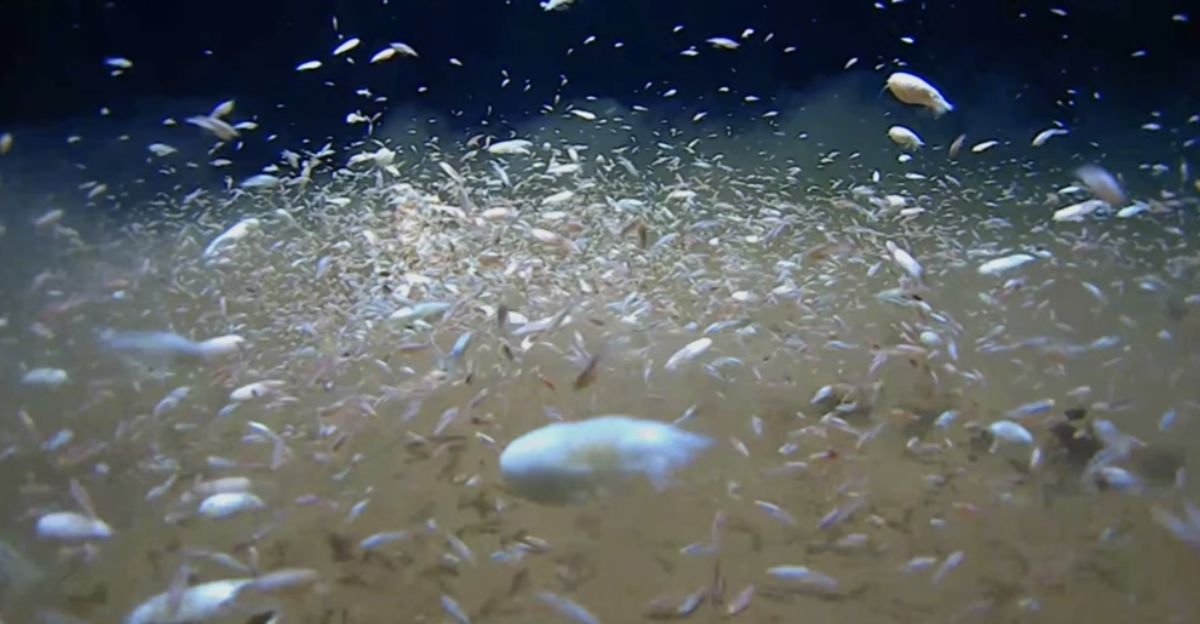
The ocean is one of the only places on Earth where most of it hasn’t been observed and, more importantly, encroached on by humans. We can already see the effects industry has on the ocean, such as mining, pollution, and trawling.
If technology allows us to explore more of the deep ocean, we have a responsibility to leave it intact and undisturbed. In the face of industry, many habitats on Earth suffer the consequences – perhaps it might be better to leave some mystery to the ocean and leave it alone, as we might provide room for industry amid scientific understanding.
Explore more of our trending stories and hit Follow to keep them coming to your feed!

Don’t miss out on more stories like this! Hit the Follow button at the top of this article to stay updated with the latest news. Share your thoughts in the comments—we’d love to hear from you!







